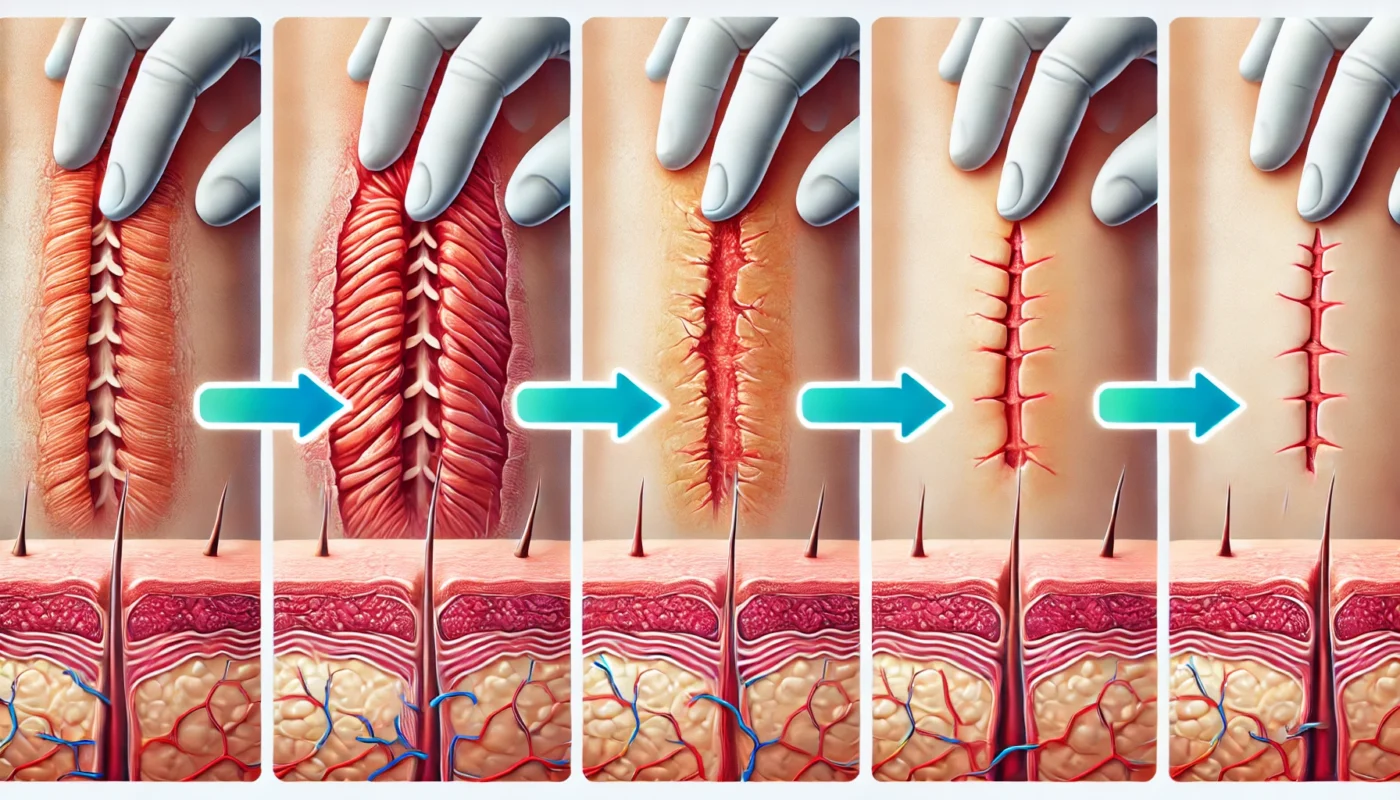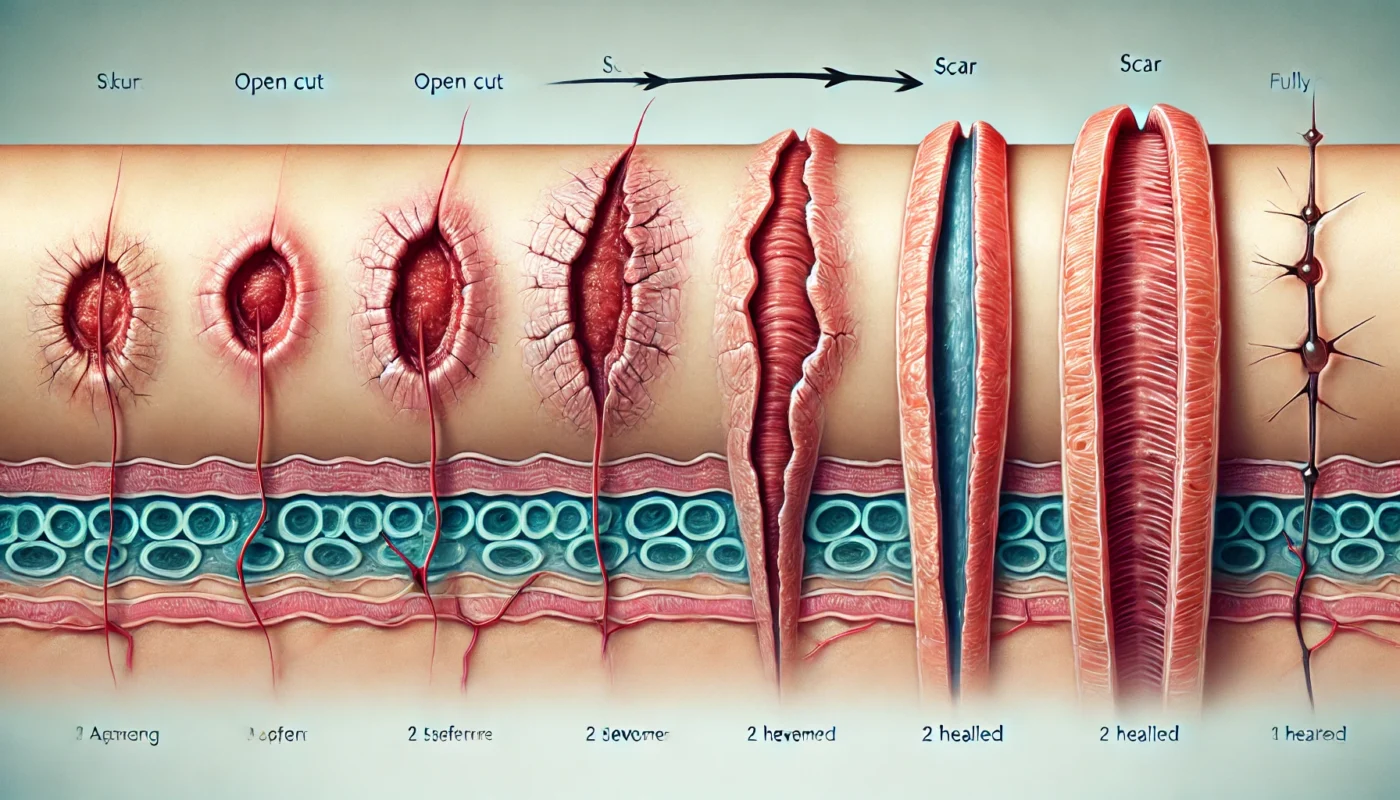Navigating the world of pain relief can be an overwhelming experience, especially when faced with the vast array of medications available today. For those interested in learning more about pain medications that start with “At,” this article aims to provide a detailed and informative overview. We’ll dive deep into the mechanisms, uses, and potential side effects of these medications, offering valuable insights that can assist you in making informed decisions regarding your health and wellbeing.
Tag Archives: massage therapy
Before exploring holistic approaches, it’s essential to understand what arthritis entails. Two common types are osteoarthritis (OA) and rheumatoid arthritis (RA). OA is a degenerative joint disease, while RA is an autoimmune disorder where the body’s immune system attacks its joints.
Inflammation is the body’s natural response to injury or infection. It is a crucial part of the immune response, essential for healing and fighting off pathogens. When the body senses harmful stimuli, such as pathogens, damaged cells, or irritants, it triggers an inflammatory response to protect itself.
Inflammation is the body’s way of protecting itself from infection, illness, or injury. It is a complex biological response to harmful stimuli such as pathogens, damaged cells, or irritants. Essentially, inflammation is the body’s attempt to heal itself after an injury, defend itself against foreign invaders, such as viruses and bacteria, and repair damaged tissue.
In the ever-evolving landscape of healthcare, a growing number of individuals are seeking more comprehensive and integrative approaches to their well-being. Enter the realm of holistic primary care physicians—medical professionals who prioritize the treatment of the whole person rather than focusing solely on symptoms or specific diseases. This article delves into the benefits of engaging with a holistic primary care physician, emphasizing the importance of whole-person care and how it can transform your health journey.
Before embarking on the journey of natural relief, it’s essential to grasp the intricacies of fibromyalgia. This syndrome affects approximately 2-4% of the global population, predominantly women. The exact cause remains unknown, but it’s believed to involve a combination of genetic, environmental, and psychological factors. Symptoms can vary, but common complaints include chronic pain, sleep disturbances, and cognitive difficulties, often referred to as “fibro fog.”
Arthritis is not a single disease but rather a term that encompasses over 100 different conditions affecting the joints. Osteoarthritis and rheumatoid arthritis are the most common types, each with distinct causes and treatment approaches. Regardless of the type, arthritis often results in joint pain, stiffness, and swelling, leading to decreased mobility and impacting daily activities.
Oxycodone is a potent opioid analgesic, commonly prescribed for managing moderate to severe pain. It works by binding to the mu-opioid receptors in the brain, altering the perception of pain and emotional response to it. As effective as it is, Oxycodone is not without its risks, including potential dependency and a host of side effects ranging from dizziness to respiratory depression.
Scars are a natural part of the body’s healing process. They form as the body repairs damaged skin and tissues after an injury or surgery. The healing of surgical scars is a complex process that unfolds in several stages, each characterized by distinct biological activities. Let’s explore these stages in greater detail to better understand the journey of scar formation and resolution.
Scarring is an inevitable part of the body’s natural healing process. Whether it’s a small cut, a surgical incision, or a significant injury, scars form as the skin repairs itself. Understanding the factors that affect scar healing duration can help you manage expectations and take proactive steps to improve healing outcomes.










